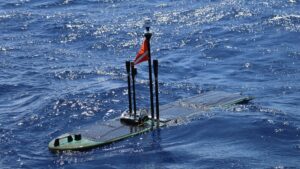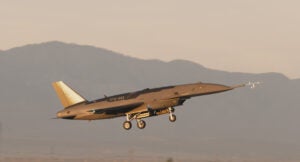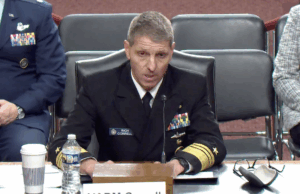
Capitol Hill Week Ahead. The House and Senate take a break next week for the President’s Day holiday. Presumably, lawmakers will be pouring over the president’s budget request and will return ready to resume budget hearings and negotiations.…Sequestration Repeal Bill. The top Democrat on the House Armed Services Committee, Rep. Adam Smith (D-Wash.), introduces the Relief from Sequestration Act of 2016 (H.R. 4512), which would repeal sequestration before it is reinstated in 2018. The nation needs to tackle the deficit,…

 By
By 








